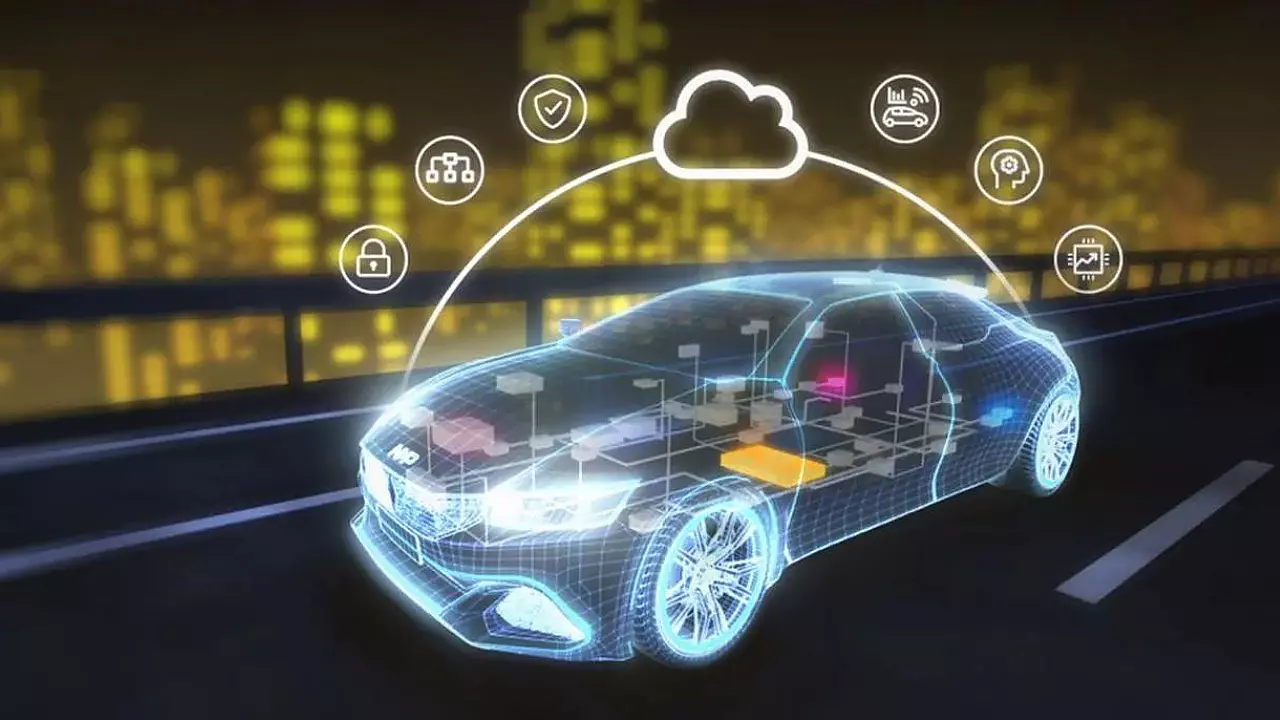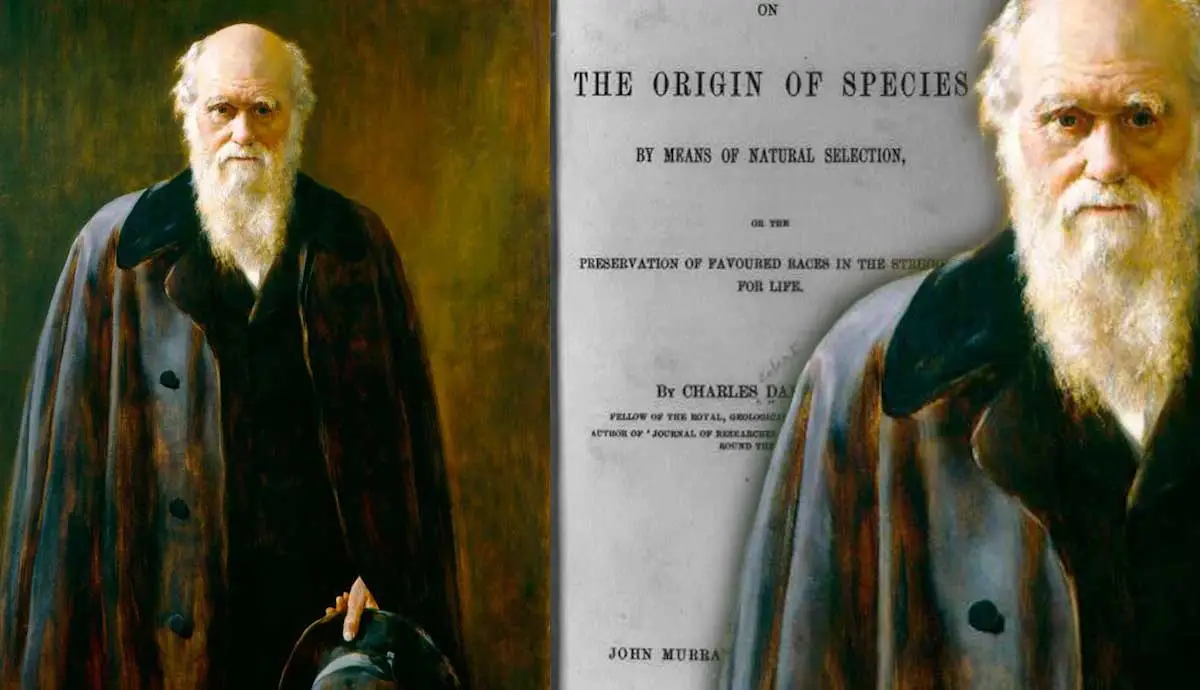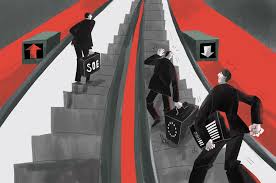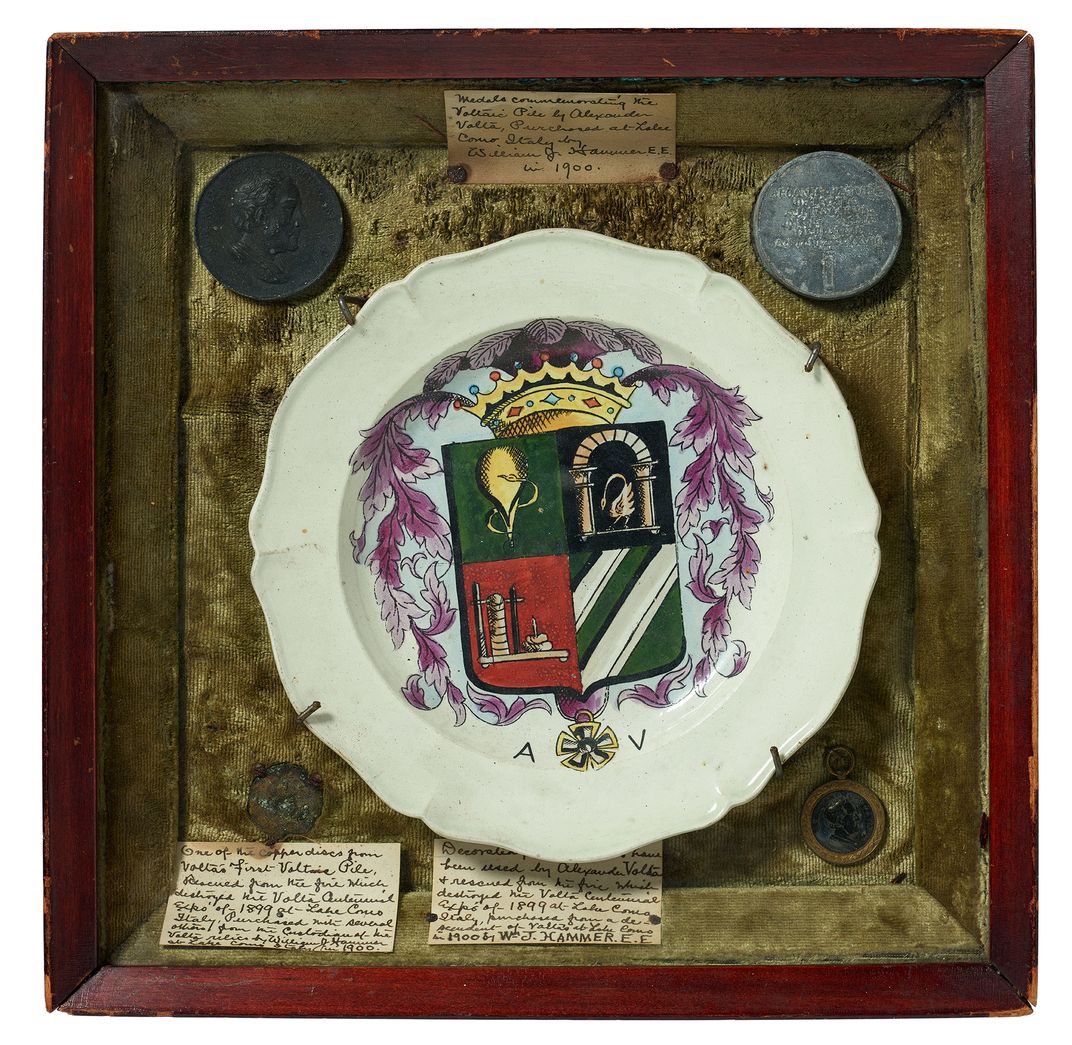Immersive technologies can address numerous challenges in the automotive industry, from design and prototyping to simplifying customer buying decisions, training technicians, and ensuring vehicle safety.
The automotive industry has made significant advancements over the decades. Modern technology has enabled the production of fuel-efficient, fast-accelerating, and cost-effective vehicles that offer enhanced comfort and infotainment, ranging from combustion engines to semi-autonomous electric vehicles.
While industries and organizations generally tend to be hesitant about major changes, the automotive sector is leading the way in embracing new technologies. Automotive industry players, especially original equipment manufacturers (OEMs), face numerous challenges, including design, prototyping, and safety enhancements, all of which affect product quality and profitability. These challenges can be addressed effectively through technological interventions, with augmented and virtual reality (AR and VR) playing a crucial role in providing cost-effective solutions.
According to a 2017 PWC report, 30% of automotive executives surveyed indicated that their companies were making significant investments in AR technologies. The field of new-age technology is rapidly expanding, with the US VR market projected to grow from USD 759.3 million in 2019 to USD 14,727.9 million by 2027, reflecting an estimated compound annual growth rate (CAGR) of 45.1%.\
Design and Prototyping
Design and prototyping processes require extensive collaboration among various engineers, analysts, testers, and quality control specialists. Traditional prototyping methods involve physical trials, which are cumbersome, time-consuming, and a significant drain on resources. However, with AR and VR, design engineers can now collaborate and work remotely. Equipped with statistics, data, and other performance metrics of the mockup, they can communicate and contribute to the same design and configuration in real-time, regardless of their location. Modifications can be implemented instantly from their remote virtual laboratories. This remote coordination enhances the ease of collaboration. In short, calling AR and VR feasible for this purpose would be an understatement.
Ford developed "Ford's Immersive Vehicle Environment" (FIVE) for its design engineers and analysts. This realistic environment, known as FIVE, is created in a specialized room where employees use sensors and motion-capture markers. To visualize concepts, a mini prototype of the vehicle is constructed using a 3D printer. FIVE has enabled Ford to reduce employee injuries by 70% and ergonomic issues by 90%. Without AR and VR, design and modification would need to be executed on physical models. This technology allows for faster production, cost savings, and significantly reduces engineering design flaws.
### Simplifying Decision-Making for Car Buyers
Original Equipment Manufacturers (OEMs) produce a wide range of automobile models and variants to meet the diverse needs and budgets of different customer segments. However, dealers often face space constraints, making it challenging to display all variants. This results in high overhead costs and the depreciation of unsold vehicles over time. Consequently, buyers are often left to rely on their intuition and limited resources—such as a few high-quality photos, videos, and persuasive sales pitches—to evaluate a specific model with customized features. Without the physical presence of the vehicle, it’s difficult for buyers to get a realistic sense of the automobile.
Augmented Reality (AR) and Virtual Reality (VR) technologies offer a solution. Companies and dealers can now create immersive experiences that provide buyers with a near 100% realistic feel of the actual model they are interested in.
Customers can use:
- Head-Up Displays (HUD): Powered by AR and VR, these project essential information onto the front windshield in sync with the driver’s line of sight, creating a relaxed driving environment by eliminating the need to divert attention.
Additionally, customers can explore the 3D configuration of automobiles to assess their preferences for specific colors, engine types, gearboxes, customized seats, and infotainment systems before finalizing their purchase. This technology allows buyers to interact with their potential purchases in a virtual environment, negating the need for the actual model.
Both dealers and buyers benefit from this technology, making it a win-win scenario.
Providing Training and Upskilling
To err is human; however, sometimes human errors result in costly consequences. In the automobile industry, engineers and service technicians must work on physical models under meticulous supervision before they become familiar with all the intricate details of a new model. Today, the training and upskilling process can be significantly enhanced and made more cost-effective through the use of immersive AR and VR environments. This approach eliminates the risk of damage and allows service technicians to freely explore new models. Additionally, the virtual environment reduces occupational hazards and fatalities, ensuring a safer workplace. According to Fortune Business Insights, VR is anticipated to be predominantly used for training in the automotive industry.
HUD Displays
OEMs invest heavily in making automobiles and driving safe. However, momentary distractions from viewing secondary displays, such as mobile phones, can impair a driver's judgment and lead to fatal accidents. Head-up displays (HUDs) powered by AR and VR can project all necessary information onto the front windshield. This includes the speed of other vehicles, traffic signals, navigation arrows, adaptive cruise control data, lane-departure warnings, information about vehicles approaching from the sides, and the distance of vehicles behind. All this information is displayed in sync with the driver's line of sight, creating a relaxed driving environment by eliminating the need for attention to be diverted elsewhere. The only requirements are an inexpensive power source and a GPS connection via mobile data.
A brighter future awaits. With the AR and VR market anticipated to expand at a CAGR of 175.7 percent, these technologies are delivering innovative solutions to address the challenges faced by the automotive industry. Within the next decade, everyone involved in this sector, from manufacturers and service technicians to buyers and drivers, will benefit from enhanced design and purchasing experiences.













0 Comments